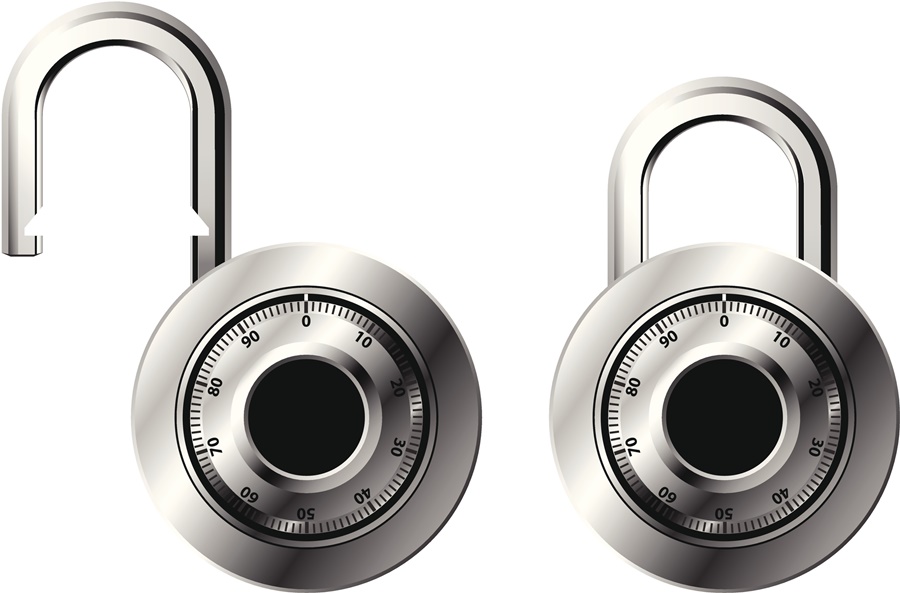
Trademarks are categorized by their distinctiveness or, in other words, their relative ability to distinguish your particular products and services from those offered by your competitors. The more distinctive your name is, the broader scope of trademark protection it receives and the easier it is for you to secure a US trademark registration issued by the United States Patent and Trademark Office (USPTO).
Fanciful Trademarks Receive the Most Trademark Protection
The names that receive the most trademark protection are those that are “fanciful.” Fanciful trademarks are typically comprised of coined terms that have no English language meaning. Some very well-known fanciful trademarks include EXXON, XEROX, KODAK, and BUICK. Fanciful trademarks are considered inherently distinctive and are eligible for federal trademark registration. The biggest drawback to adopting a fanciful mark is that it can take a lot of advertising and marketing for consumers to finally associate the trademark with the product or service being offered. This is because you are essentially teaching consumers a brand new word for which they have no existing frame of reference.
Arbitrary Trademarks are Almost as Good
Just slightly below fanciful trademarks on the distinctiveness scale are “arbitrary” trademarks. Arbitrary marks consist of common English language words applied in an unfamiliar manner. Probably the most famous example of an arbitrary mark is APPLE for computers and electronic devices. Obviously, the dictionary definition of “apple” (a type of fruit) has nothing to do with these types of products. As with fanciful trademarks, it can take a substantial amount of time and money to create a connection in the minds of consumers between the trademark and the product/service being offered. Like fanciful marks, arbitrary marks are considered inherently distinctive. As such, they’re entitled to significant trademark protection and are eligible for federal trademark registration.
Suggestive Trademarks are Popular
The next level down are “suggestive” trademarks. Suggestive trademarks are extremely popular because they suggest to consumers a favorable feature, quality, or characteristic of the product or service with which they’re used. Some good examples of suggestive trademarks are COPPERTONE for suntan lotion, GREYHOUND for bus transportation services, and JAGUAR for sports cars. Suggestive marks are considered inherently distinctive (although they receive less trademark protection than arbitrary and fanciful trademarks) and are eligible for registration with the Trademark Office.
Descriptive Trademarks Get the Least Trademark Protection
The weakest type of trademarks are those that are “descriptive.” Merely descriptive trademarks immediately describe a feature, quality, or characteristic of the product or service with which they’re used. Descriptive trademarks aren’t inherently distinctive and must have acquired distinctiveness or “secondary meaning” in the minds of consumers before they’re eligible for federal registration on the Principal Register (although they may be eligible for registration on the Supplemental Register). Secondary meaning may be acquired over time through substantially exclusive and continuous use of the descriptive trademark in commerce. BANK OF AMERICA and SPORTS ILLUSTRATED are good examples of descriptive trademarks that have acquired the requisite secondary meaning for federal registration through many years of continuous use. Needless to say, trademark attorneys tend to advise their clients to stay away from descriptive trademarks since they’re initially entitled to only a very narrow scope of trademark protection.
Generic Terms Aren’t Trademarks
Finally, there are “generic” terms. Generic terms receive no trademark protection. They are not trademarks and they can never be owned or registered by anyone. For instance, “pet store” for a store that sells pets is a generic phrase that is freely available to anybody who wants to use it in connection with such services. So, while “pet store” can never be a trademark by itself, FURRY FRIENDS PET STORE would be an example of a suggestive trademark eligible for federal trademark registration.
More Distinctive Trademark = Greater Trademark Protection
In conclusion, you should strive to adopt unique and creative trademarks for use in connection with your products and services. Besides being easier to federally register, owners of highly distinctive trademarks generally have fewer infringement issues and are often in a stronger legal position should they ever have to pursue a trademark infringement lawsuit against someone else.
I’m experienced US trademark attorney Morris Turek. I would be glad to address any further questions or concerns you may have about trademark protection. I encourage you to give me a call at (314) 749-4059, send me an email at morris@yourtrademarkattorney.com, or simply complete my contact form found on the bottom of this page. I look forward to hearing from you soon.
